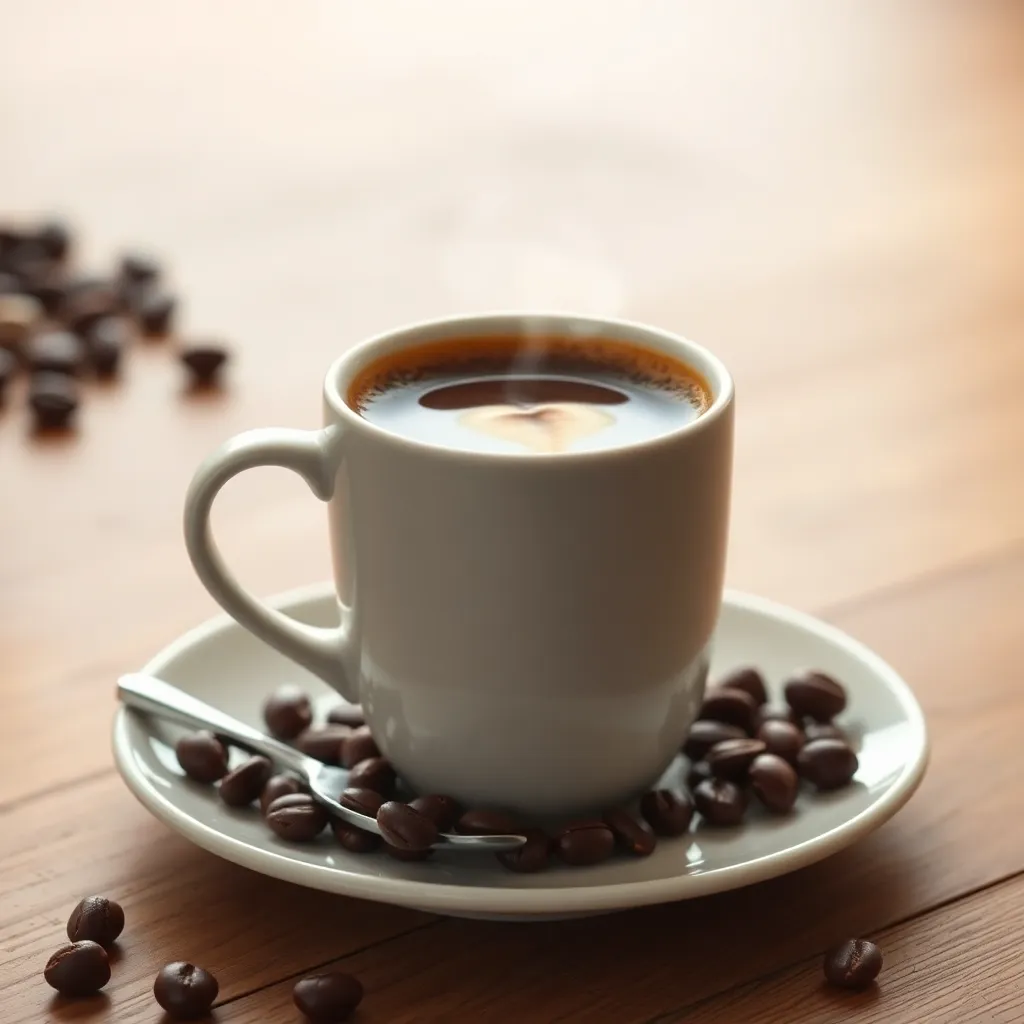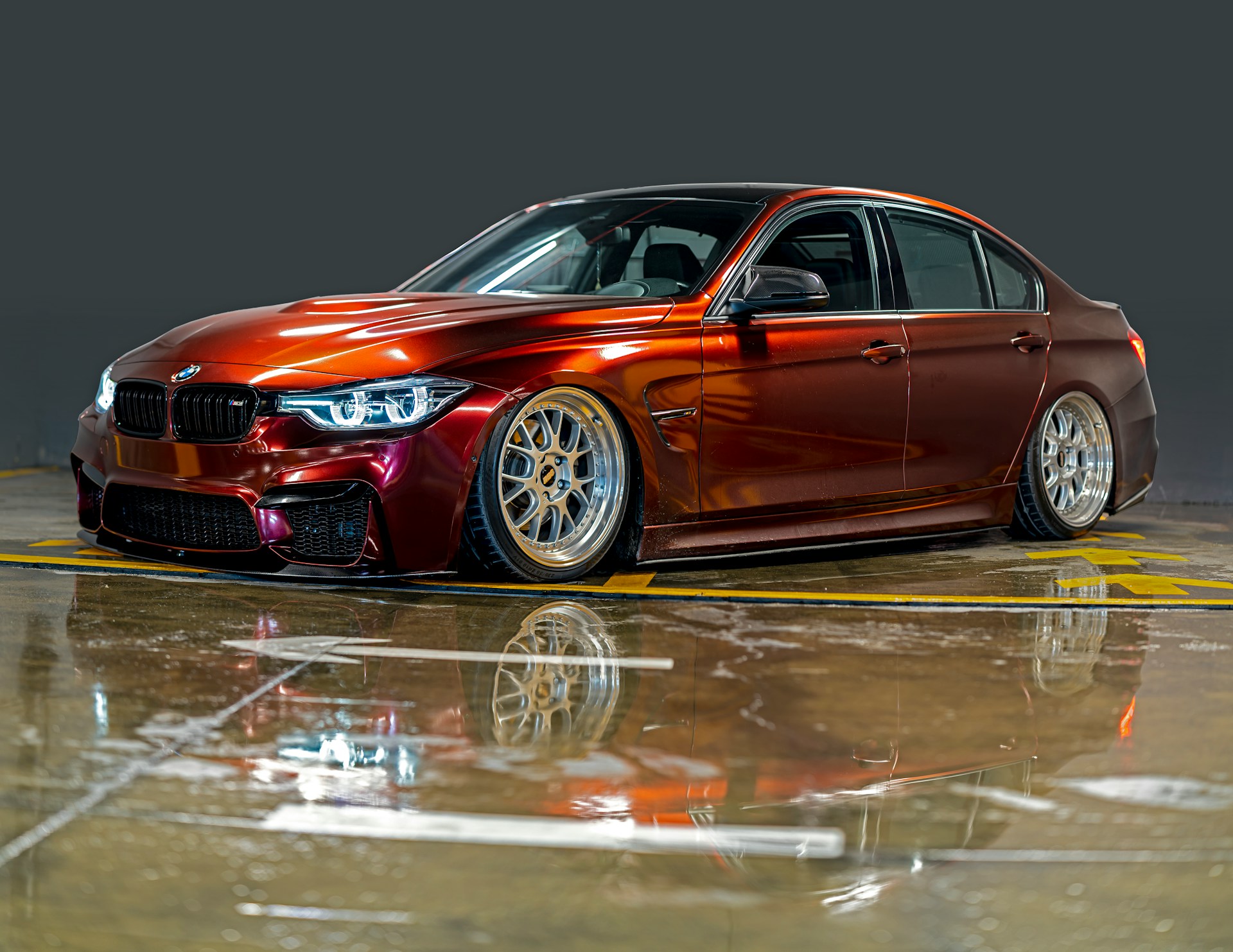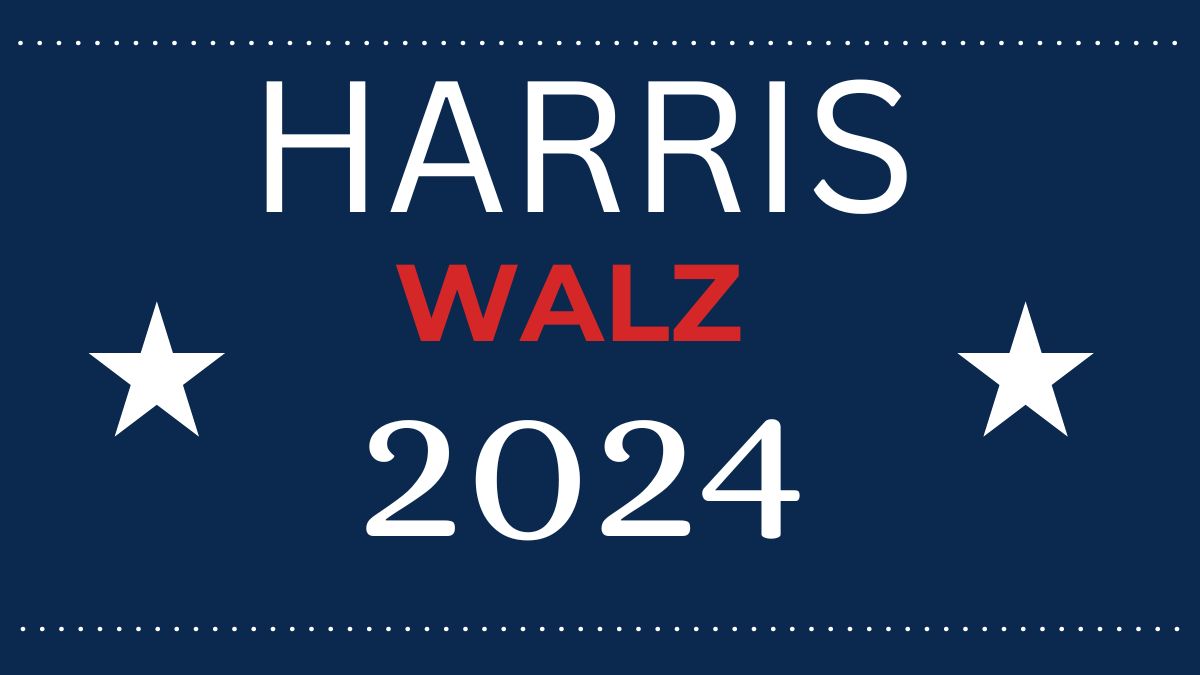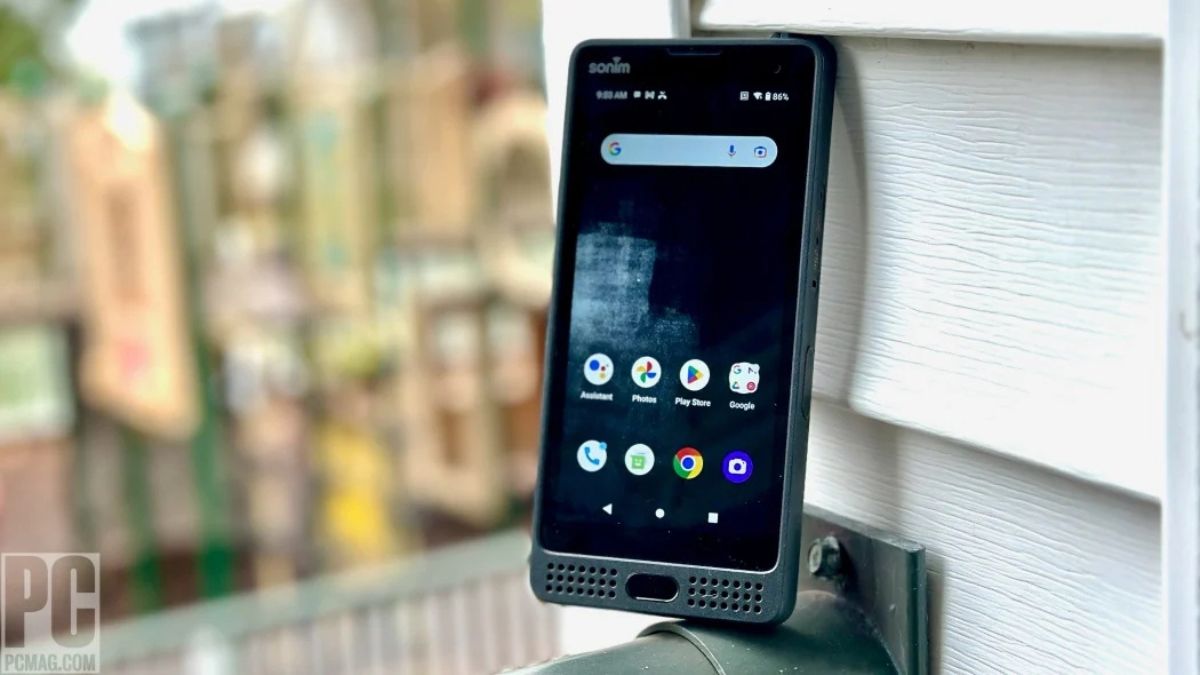Brewing the perfect cup of coffee with a BBE (Breville Barista Express) is both an art and a science. One of the key factors in achieving a consistently delicious espresso is the precise amount of water used during extraction. Too much or too little water can affect the flavor, strength, and crema of your espresso. Learning how to dial in the water amount on your BBE machine can help you take full control of your coffee-making process, ensuring every cup is exactly as you like it.
In this guide, we’ll walk you through the process of adjusting the water amount for different types of coffee drinks, as well as provide tips for troubleshooting common issues. By the end, you’ll have all the information you need to perfect your espresso game.
Understanding the Role of Water in Espresso
Water plays a crucial role in espresso making. The amount of water you use directly impacts the strength, flavor, and mouthfeel of your shot. Typically, a standard espresso shot uses around 30 ml of water, while a double shot might use about 60 ml. However, the precise amount can vary depending on your taste preferences, the type of beans you’re using, and even the grind size.
In the BBE machine, water flow is controlled by the internal pump, and learning to adjust it is key to achieving a perfect shot every time. With proper calibration, you can create everything from rich, strong espresso to lighter, more delicate drinks like an Americano.
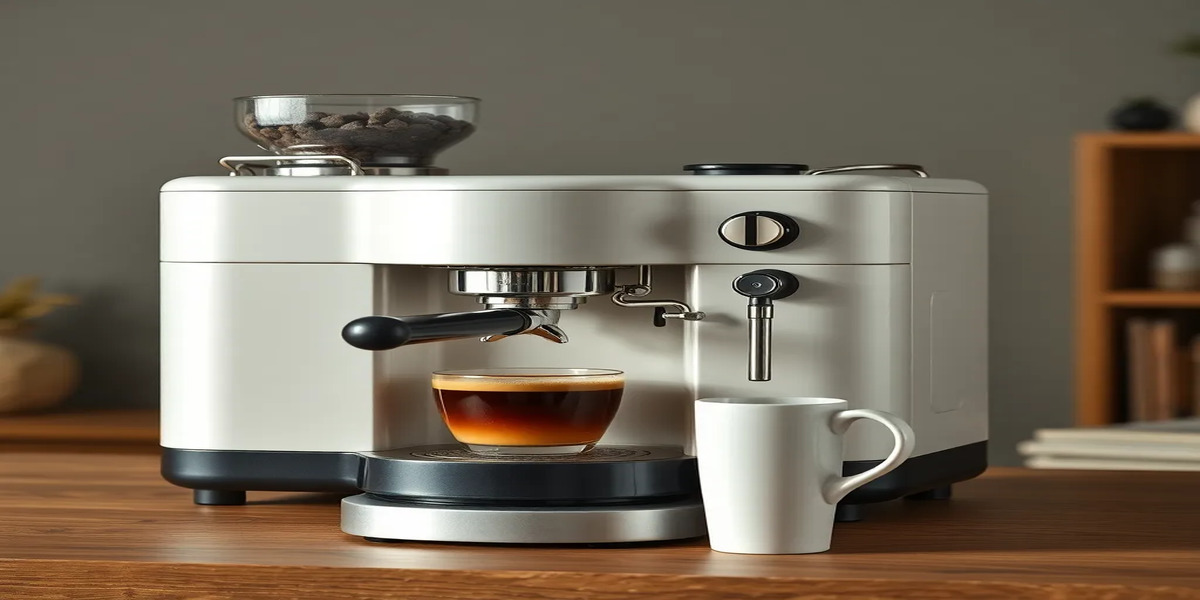
How to Dial in Water Amount on a BBE Coffee Machine
1. Set the Grind Size and Dose
Before you adjust the water amount, you need to ensure that your grind size and dose are properly set. Grind size determines how quickly water flows through the coffee grounds. For espresso, a finer grind is typically used because it slows down the flow, allowing for optimal extraction. The dose, or the amount of coffee used, should also be consistent for each shot. Start with the manufacturer’s recommended dose, typically around 18 grams for a double shot.
Once you’ve set the grind and dose, you can move on to adjusting the water amount.
2. Adjusting Water Volume Manually
The Breville Barista Express allows for manual adjustment of water volume for both single and double shots. To customize the water amount:
- Press and hold the ‘Program’ button on the machine. The light above the ‘Single’ or ‘Double’ button (depending on which you’re programming) will begin to flash.
- Press the ‘Single’ or ‘Double’ button to start the extraction process. As the water begins to flow, watch the shot and note when the desired volume is reached. For reference, 30 ml is standard for a single shot, while 60 ml is standard for a double.
- Press the button again when the desired volume is reached. This will save the new water amount for future shots.
This method allows you to manually dial in the exact water volume based on your personal preferences and the type of coffee beans you’re using.
3. Fine-Tuning Based on Coffee Type
Different coffee drinks require varying amounts of water. For instance, a ristretto uses less water than a standard espresso, producing a more concentrated shot. On the other hand, a lungo uses more water, resulting in a milder, larger shot.
- Ristretto: Use about 20-25 ml of water for a single shot.
- Espresso: Stick to around 30 ml for a single shot or 60 ml for a double.
- Lungo: Use up to 90 ml of water for a longer, less intense shot.
By understanding these variations, you can easily adjust the water amount on your BBE machine to match the specific type of espresso drink you’re making.
Factors That Influence Water Adjustment
1. Coffee Bean Type
Different types of coffee beans react differently to water. For example, dark roasts are typically more soluble and may require less water to extract their full flavor. In contrast, lighter roasts may need more water to properly extract the nuanced flavors.
2. Grind Size
The finer the grind, the slower the water will pass through the coffee grounds. This means that if your grind size is too fine, your shot may take too long to extract, resulting in over-extraction. On the flip side, if the grind is too coarse, the water will pass through too quickly, leading to under-extraction.
3. Shot Time
In addition to water volume, shot time is another key metric to watch. Ideally, your espresso should take between 25-30 seconds to extract. If your shot is taking significantly more or less time, you may need to adjust the water amount or grind size to achieve the correct balance.
Troubleshooting Common Water-Related Issues
1. Under-Extracted Espresso
If your espresso is weak or sour, it could be due to under-extraction, which occurs when not enough water passes through the grounds. This could mean that you’re using too coarse a grind, or that you haven’t used enough water. Try increasing the water volume slightly or using a finer grind.
2. Over-Extracted Espresso
On the other hand, if your espresso tastes bitter or harsh, it might be due to over-extraction, where too much water flows through the coffee. In this case, reduce the water amount or use a slightly coarser grind to balance the extraction process.
Table: Recommended Water Amounts for Different Coffee Types
Description: This table outlines the recommended water volumes for various types of espresso shots. Adjusting the water amount based on these guidelines ensures you achieve the desired strength and flavor for each drink.
Conclusion: Mastering Water Amount for Perfect Espresso
Dialing in the water amount on your Breville Barista Express is a crucial step in perfecting your espresso-making process. By adjusting water volume to match the type of coffee, grind size, and personal preferences, you can take full control of your brews. Remember to monitor the shot time and taste to fine-tune your settings. With practice, you’ll be able to craft the perfect espresso every time, tailored exactly to your taste.
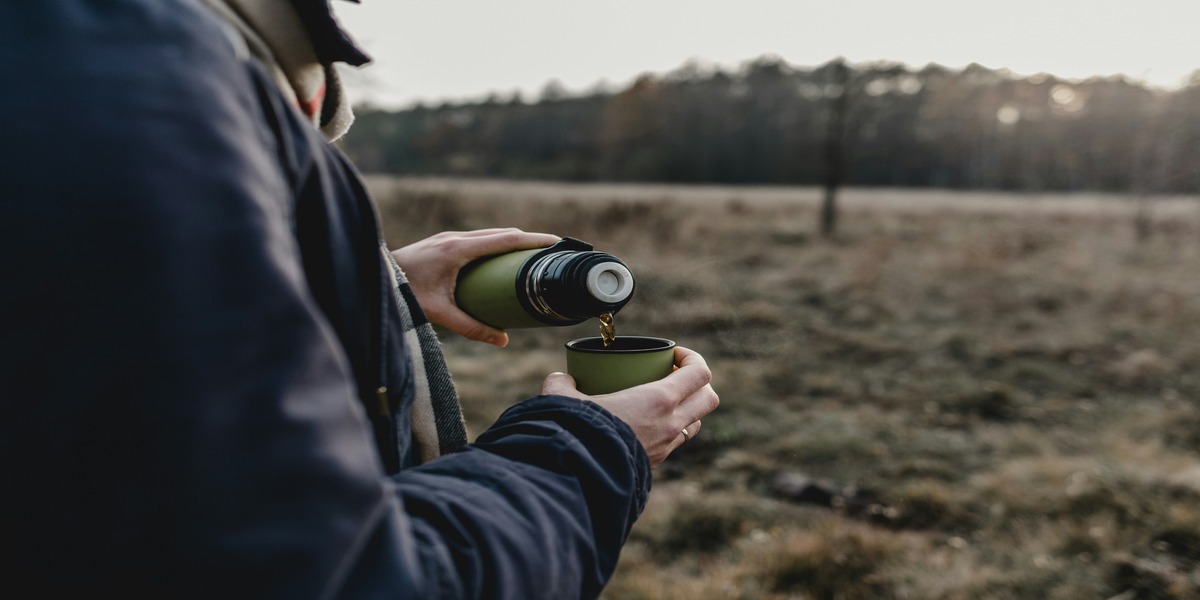
FAQs
1. What is the standard water amount for a single shot of espresso?
The standard water amount for a single shot of espresso is around 30 ml.
2. Can I adjust the water amount on my BBE machine for different coffee drinks?
Yes, the BBE allows you to manually adjust the water volume for both single and double shots to suit different coffee styles.
3. How does grind size affect the water flow in espresso?
A finer grind slows down water flow, allowing for more extraction, while a coarser grind speeds up the flow, leading to less extraction.
4. What is a ristretto and how much water should I use for it?
A ristretto is a concentrated espresso shot. For a single ristretto, use about 20-25 ml of water.
5. How do I know if I’m using too much water in my espresso?
If your espresso tastes bitter or over-extracted, you may be using too much water. Try reducing the water amount or adjusting the grind size.
6. Why is my espresso under-extracted?
Under-extraction occurs when not enough water passes through the coffee grounds. This could be due to too little water or a grind that is too coarse.

